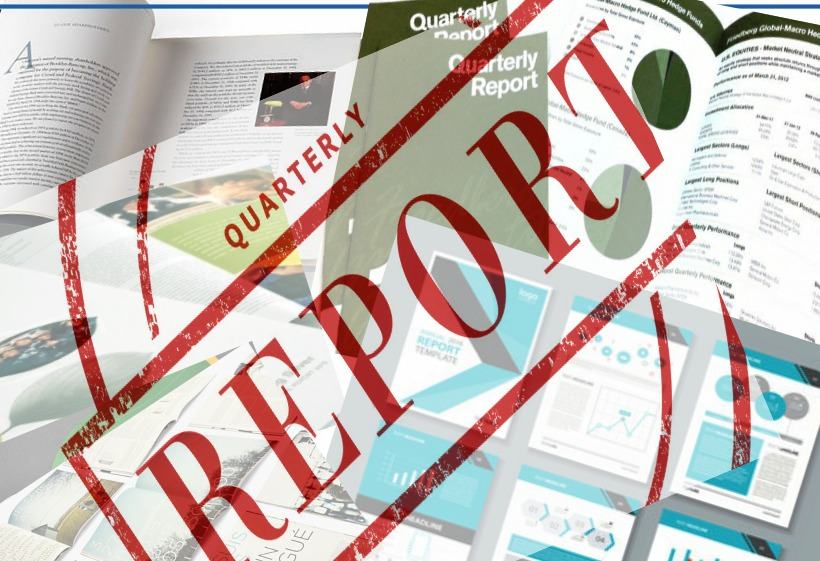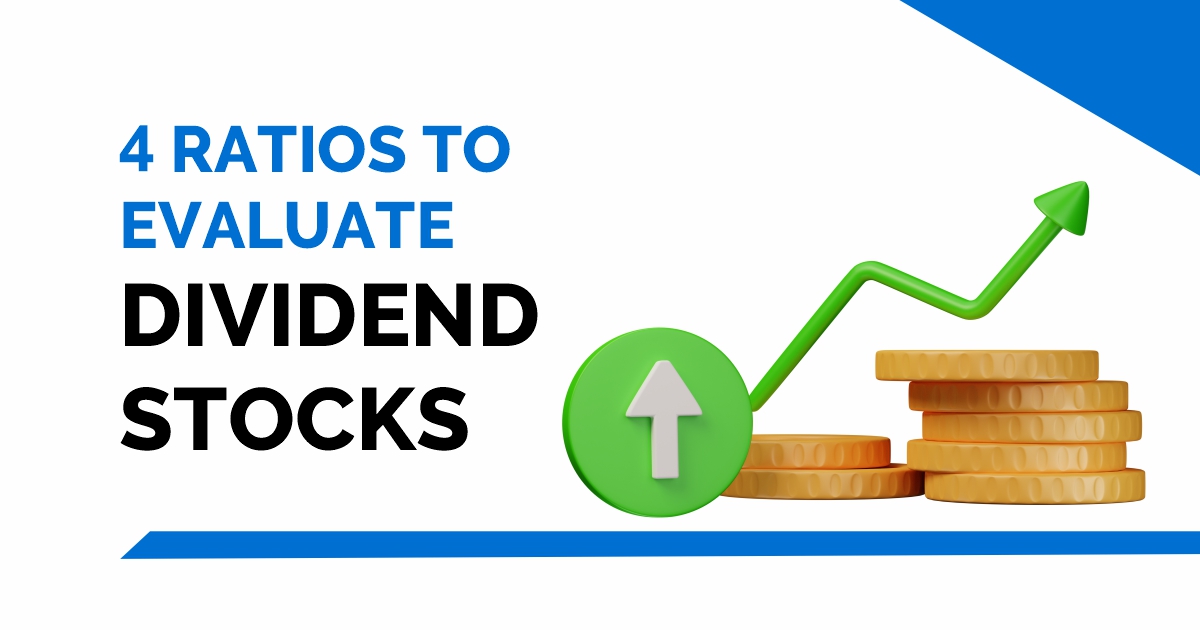Soon we will experience a re-shuffle in the stock market.
The share prices and demand for stocks will see variations due to quarterly results from the listed companies.
In case you own the shares of a particular company, you will surely be curious to know about its performance.
One of the ways to know about the performance of the company is by looking at the quarterly figures.
Quarterly results serve as an important tool for the shareholder’s/ investors to measure the performance of that particular stock and growth prospects of the company.
According to Regulation 33 of the SECURITIES AND EXCHANGE BOARD OF INDIA (LISTING OBLIGATIONS AND DISCLOSURE REQUIREMENTS) REGULATIONS, 2015 (LODR), “The listed entity shall submit quarterly and year-to-date standalone financial results to the stock exchange within forty-five days of end of each quarter, (other than last quarter) along with Limited Review Report or Audit Report as applicable.”
In case the quarterly numbers are favorable and match the shareholders/ prospective investor’s expectations, the demand for that stock will increase and the share prices will rise.
Alternatively, if the company does not perform well, it will lose prospective investors and the existing shareholders may take an exit call.
In this blog, we will understand the various features of the quarterly result.
Also, we will know the factors that affect our decision to buy/sell a stock based on the quarterly results of the listed company.
How has the NET PROFIT arrived in the quarterly result?
The format of quarterly result comprises of three broad components – Income, Expenditure, and profits of the company.
Know More: How to Prepare Income Statement?
The income and expenditure pattern differs from company to company.
For example, the sources of income of Reliance Communications Limited, service industry will be different from that of TATA Steel Limited, which is a manufacturing industry.
In the quarterly result format, you will find the first item to be Income from operations.
This income can be either from the main source or from the miscellaneous sources such as interest income, dividend income etc.
Similarly, expenditure depends on the kind of industry one belongs to.
In case of a manufacturing industry, the expenditure made is basically for the purchase of raw material, labor costs etc.
Whereas in the case of the service sector, the expenditure may be more in the purchase of computer systems, employee costs etc.
After deducting the operating expenses & finance cost, if any from the income, the company has to account for the tax liability.
After this, the company arrives at its net profit, which is the profit available to be distributed to the shareholders.
Also, there may be certain abnormal items such as provisioning for foreign exchange, which may be a one-time expense but may be voluminous in amount.
Such type of expenses too affects the net profit available to the shareholder’s for distribution.
Want to know more about the analysis of quarterly statement for buy or sell decision? Enroll in: NSE Academy Certified Equity Research Analysis course on Elearnmarkets.
Points to be Noted:
The following things are to be kept in mind while deciding on your stocks when taking any investment decisions on the basis of the quarterly reports.
Growth in revenue:
The most important aspect to be seen is whether the profits/ revenue of the company are growing or not.
Also, one should keep a track of the cost-revenue generation revenue.
The stability is more important than the uneven hits on the profits of the company.
Buy/ Sell:
In case the cost margins are maintained but the revenue does not grow at the expected levels, the investors feel the urge to sell the stock.
But always remember that just because a company could not grow at that time, however, cost margins are maintained, this means that the company does not want to put the profits at state to earn growth.
Government Policies:
It may happen that the company is not able to reap sufficient profits due to the change in the Government policies or regulations.
Do not hurry to sell a stock just because a company’s quarterly performance was not good, as the external environment can too be an important factor.
Cash Flow Statement:
It is important to peruse the cash flow statement of the company to know about the liquid cash in hand, any investments made by the company, dividend paid etc.
Though this information may not be available on a quarterly basis, however, half yearly you may check the status of the liquidity position of the company to assess the growth prospects.
Quarterly reports and a novice investor
For a novice investor, it would be difficult to understand the trend or the chart pattern.
For them, the quarterly figures are of much help.
They depict the true figures of the company’s projections.
Now for a beginner, it may seem so that more the company earns net profit, more lucrative the stock shall be.
However, this is not the scenario.
A beginner shall use his wisdom and should also keep a close watch at the extraordinary expenditure, amortisation cost, depreciation etc that too affect the profitability and the share prices in turn.
Shareholder’s concern in quarterly results
Quarterly results are merely a bifurcation of the amount expended by the company, amount earned by the company and the net off between the two, which results in revenue/ loss for that quarter.
Now amongst all this, a shareholder/ or a prospective investor may be confused as to what matters to him the most out of the quarterly report.
For the shareholder what matters the most is the earning per share (EPS).
This implies that the shareholder should keep a close watch on whether the EPS is rising or declining or is fluctuating in between a certain scale.
EPS is surely not the immediate returns earned by the shareholders but it results in an increase in the share prices.
For example: Other things reaming constant, the shares are trading at a price-earnings ratio (PE) of 30 and the EPS increases from Rs. 10 to Rs. 20, the market price per share(MPS) also increases from Rs. 300 to Rs. 600. [PE ratio = MPS/ EPS]
In this case, the investor should not only look at the quarterly EPS trends but should also compare the EPS figures in a trend, say, for a period of 5 years or so.
A stock should not be categorized as ‘for sale’ only because of the poor performance in one particular quarter.
The investor should not discard a stock on the basis of a particular quarter bad results until he finds a certain trend.
Also, the investors should always remember that apart from the progressive EPS, one should also see at to what is the source of revenue earned by the company.
A one-time profit earned may take up the revenue and thus, EPS for one quarter or a year and eventually may not for the other years.
This implies that how important it is for an existing/ prospective investor to make a critical analysis of the quarterly statements of the company.
That entire buzz happening around you just before and after the quarterly results can affect your decision-making on a stock to a great extent.
But always remember that just one good/ bad quarter should not make you decide on whether to buy/ sell a stock.
One should always follow the chart for that particular stock or should follow any related trend and then should decide on the status of a particular stock.
Bottomline:
We hope that now you can decide as to whether or not to buy or sell the stocks based on the quarterly figures.
Quarterly report lays down a true image of the company’s future projections.
It is through these figures that you get an idea as to how close is the company to its goal.
However, a bad quarter does not mean a poor performance.
So in this case, you must always follow the trend, financial graphs and the other additional insights to reach a viable decision.
Meanwhile, in the case of any questions, please write us back and also mention about other basic finance topics that you would like to know about.
Please visit our site to read more about the related articles and follow us on youtube via our channel.
Happy Learning!!








